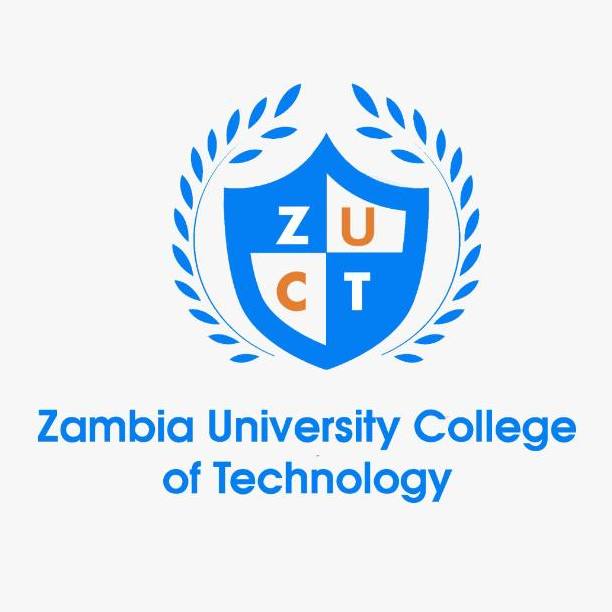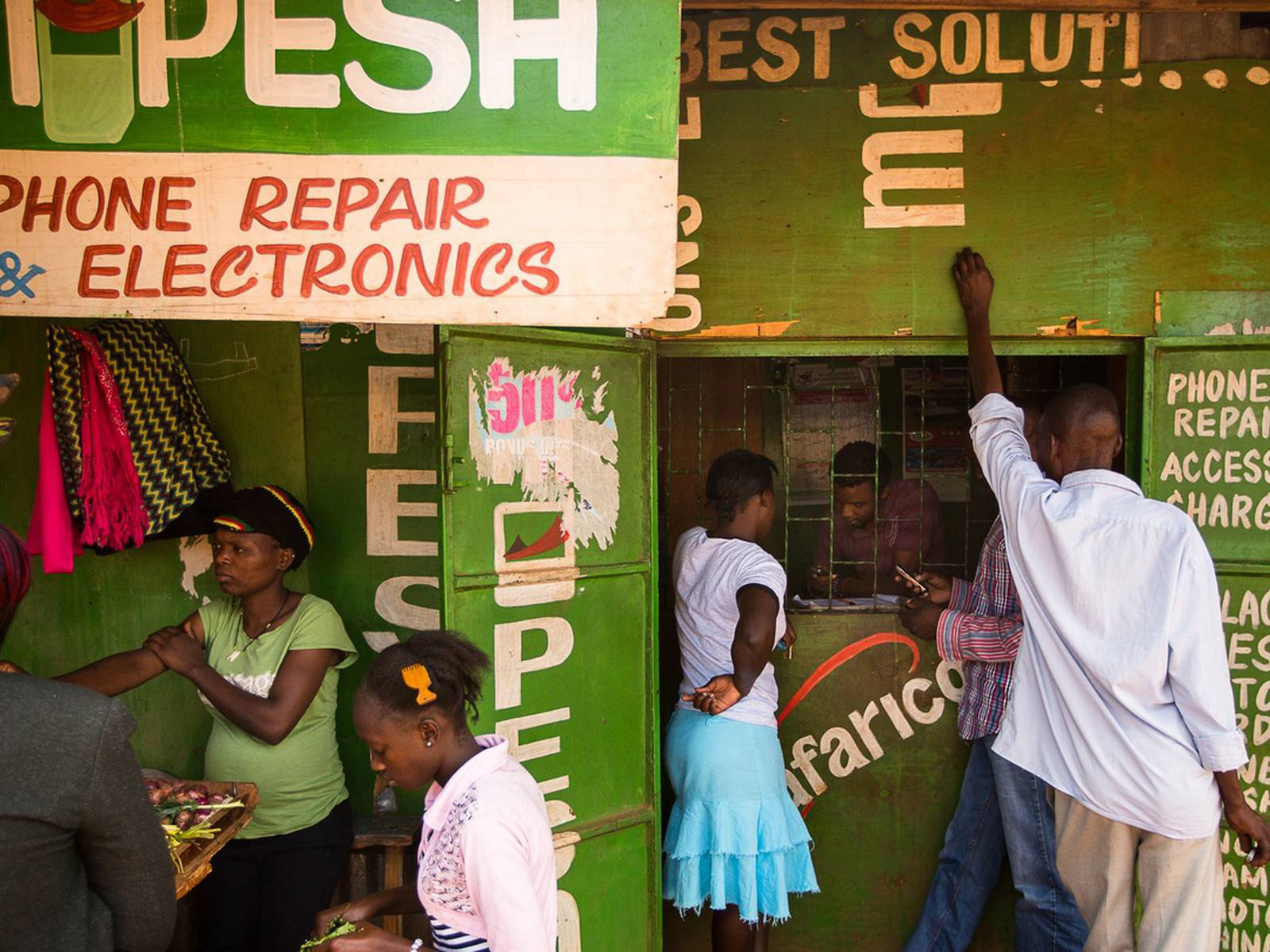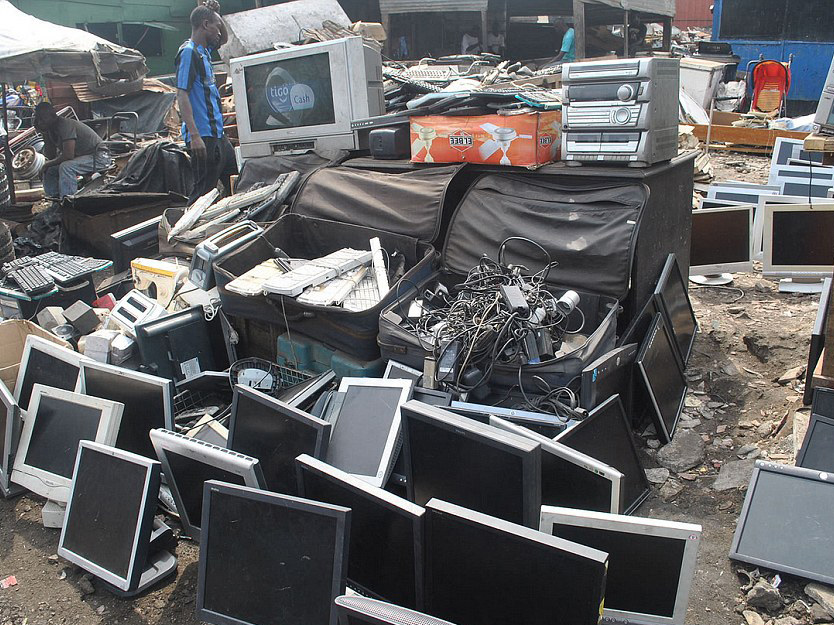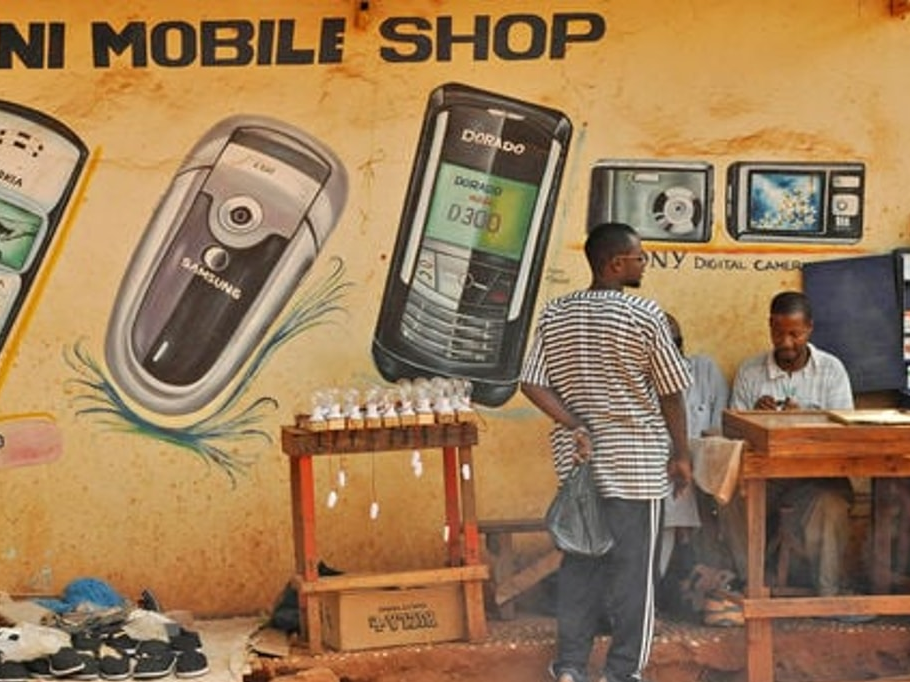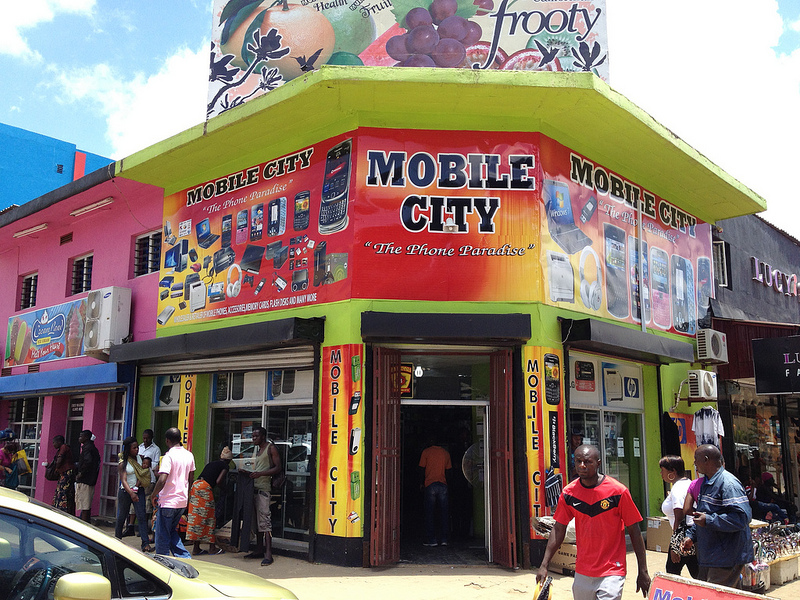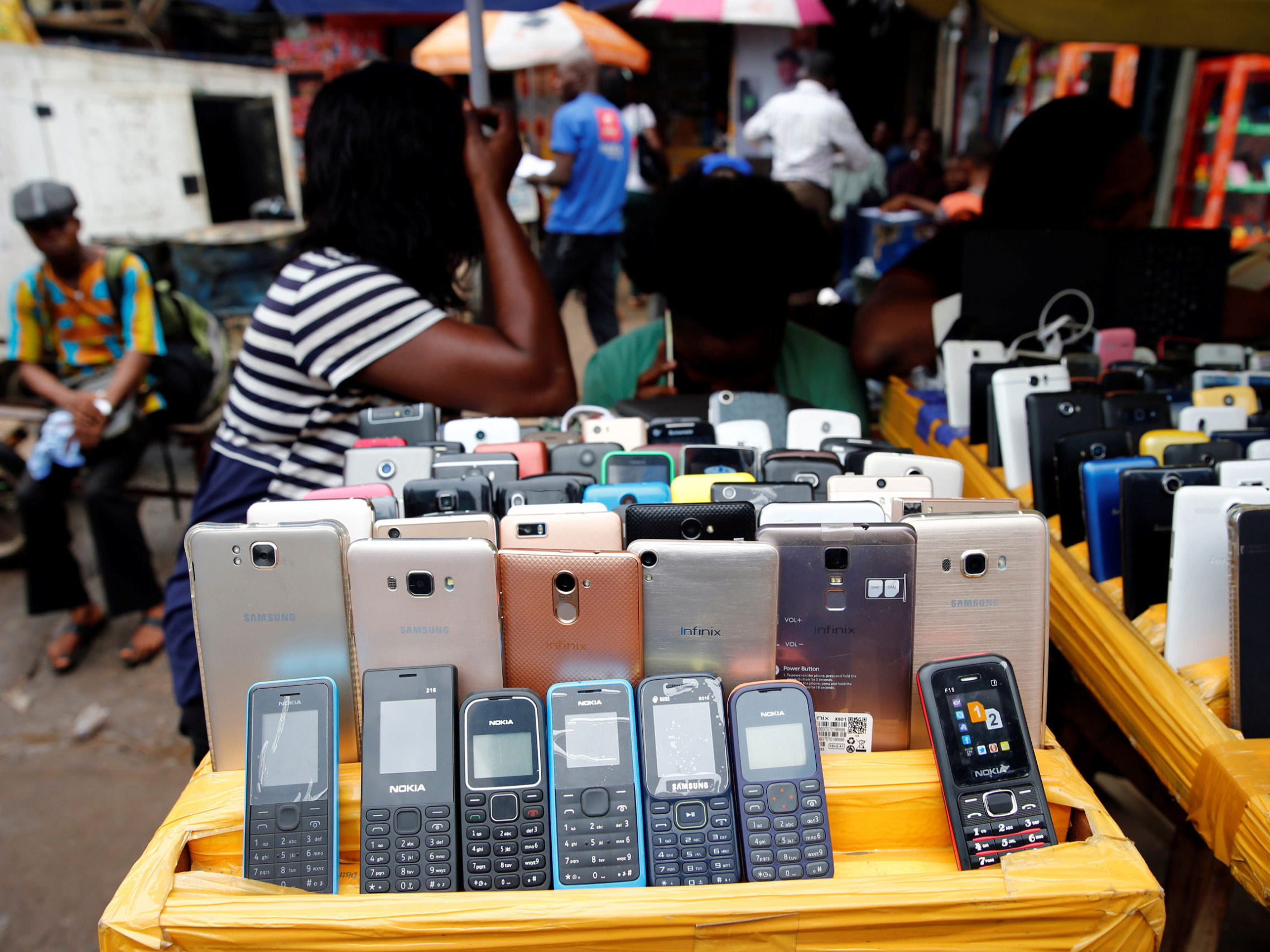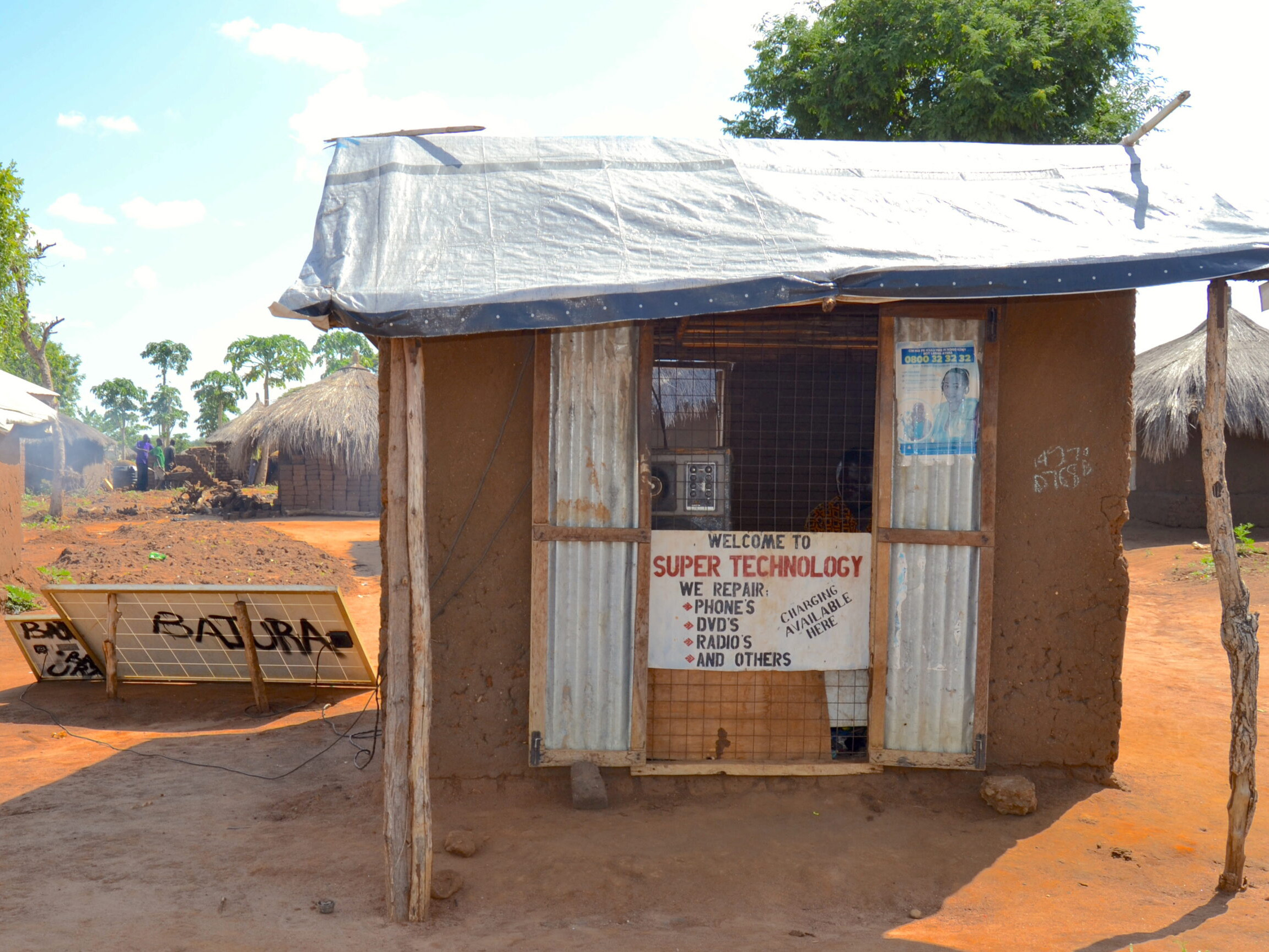Zambian Tech Support
From Boma to Byte: Navigating the Technological Landscape of Zambia
The Challenge
In the sun-drenched provinces of Zambia, hundreds of Boma government offices—administrative centers in districts—echo with the hum of outdated computers running on deprecated software. The reliance on antiquated computer systems, disrupted network infrastructure, an unreliable power grid prone to brownouts, and a myriad of cell phone issues poses substantial challenges to government productivity.
Zambia has launched several e-government initiatives aimed at improving public service delivery, especially medical services, but the implementation and accessibility of these services remain a challenge in many Bomas due to this outdated infrastructure.
The challenges are plentiful. Districts in Zambia suffer from a scarcity of essential technological resources, making regular maintenance and updates almost impossible. Frequent power outages negatively impact the functionality and longevity of equipment. The cost of repairing devices is often higher relative to other services due to the unavailability of spare parts and local technical expertise. The scarcity of technical experts and financial constraints often result in a lack of regular maintenance and timely repairs for integral equipment.
Bomas, serving as pivotal nodes, are fraught with hardware struggles and software issues. These districts are scattered with off-brand electronic devices, each encapsulating a unique set of challenges, from broken screens to convoluted software glitches. Street vendors in villages and bomas have carved out very unique niches, delving into the world of tech repair with a combination of traditional wisdom and straight-up hacks which, in the context of their situation, often turn out to be incredibly innovative approaches.
“Adequate technology is not just a tool; it’s the bridge between progress and potential.”
The ability to resurrect old computers and hack together outdated infrastructure keeps the bureaucratic heart beating, maintaining the connectivity tissue of governmental operations. This ultimately translates to getting things done, and often for the people who need it most in the underserved rural areas.
The Approach
During my nearly 3 years in Eastern Province, Zambia, I immersed myself in fixing the un-fixable. I would spend many a day and night repairing government computers, updating software, and reviving network infrastructures, working closely with local officials to ensure they had functional devices to facilitate their mandatory data collection and reporting. More than a few nights, I’d eat dinner with the family of a government official, sleep on their living room floor under a makeshift mosquito tent, and then follow them back into the Boma the next morning to continue my work fixing what needed fixing. Needless to say, I was always well-fed and cared for by my Zambian counterparts – they were incredibly welcoming and accommodating.
Often, when no devices needed fixing, I’d spend a day with local technical repair vendors, exchanging techniques for repairs and learning from each other. I became especially good at jailbreaking devices, and extending the capabilities of very off-brand devices to provide better battery life, and updating screens to be easier to read in direct sunlight.
Within the Peace Corps, I became the guy that could fix phones – a crucial lifeline for PC volunteers.
New challenges typically came by word of mouth, when I’d receive a text or phone call from another Boma requesting assistance. Sometimes this would involve some hands-on training, general repairs and updates to computers, and even week long sessions just fixing things people brought to me in the offices.
If parts were needed, I’d often find them in the many device and peripheral landfills of the bomas, or wheeling & dealing with local vendors that I would exchange favors, tips, and also hardware purchased from America. I built a significant rolodex of people who could just straight-up fix things or source things, and relied on them consistently. Sometimes just sending airtime over our phones to “grease the wheels” if I needed something quickly.
The Details
Each Boma, a repository of challenges, was a learning curve, and required radical adaptation. My journey unfolded as a series of collaborations with local NGOs and governmental bodies.
Drawing the threads of connectivity, I built connections with organizations like BongoHive, The Zambia University College of Technology, Digital Future, Connect Zambia, and TechnoServe, fostering an environment of shared knowledge and collective growth. These partnerships became channels through which I could find local resources to link back to government offices. My time was limited in Zambia, so I wanted to ensure the work could continue with local support.
Partners
